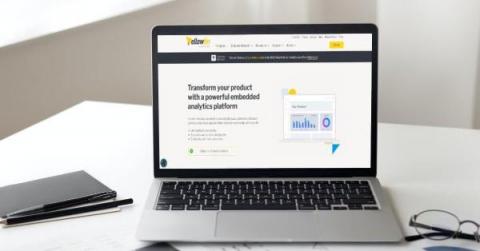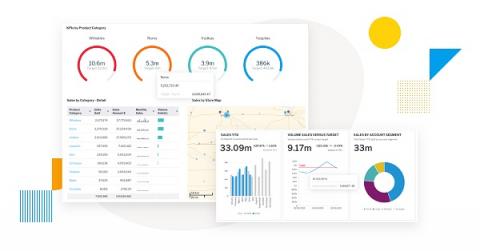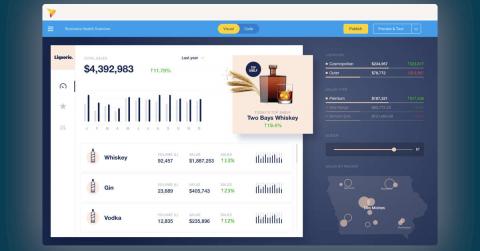10 Resources That'll Make You Better At Embedded BI
The benefits of embedded business intelligence (BI) solutions is well documented today: Richer context, deeper integration of data within operational application workflows, and better information on hand for data-driven decision-making. However, you need to find effective resources to uncover the true potential of embedded BI. It can make you a lot better at leveraging the solution. In this post, you will find 10 great resources for enhancing your knowledge and skill of embedded business intelligence.










